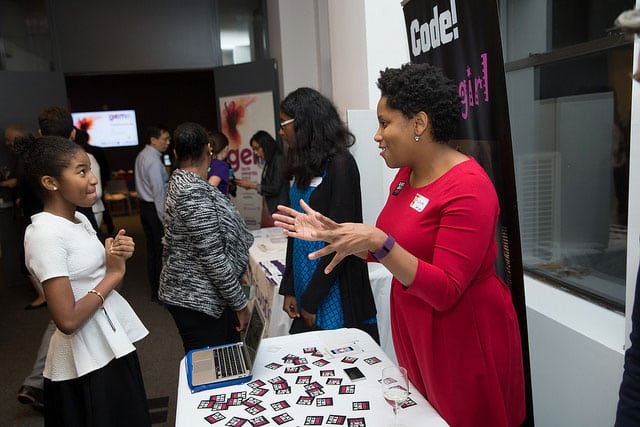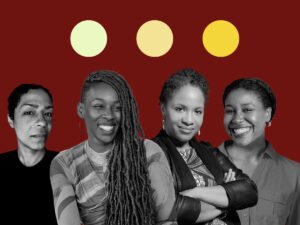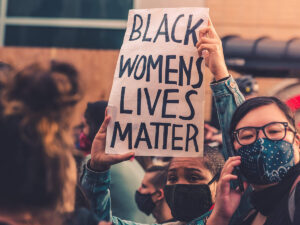
June 29, 2018; Fast Company
Last week, Google announced that they are dedicating 4,000 square feet of space at its NY offices to Black Girls Code for an innovative technology exploration lab. Although Black Girls Code already uses Google’s resources for administrative purposes—you can read Jeanne Allen’s newswire from July 2016 here—the new space will be “purpose-built for learning about tech.”
Black Girls Code was founded in 2011 by Kimberly Bryant with a mission of increasing the number of women of color in the digital space by empowering girls of color ages seven to 17 to become innovators in STEM fields, leaders in their communities, and builders of their own futures through exposure to computer science and technology. Their goal is to train Black youth with the skills to occupy some of the 1.4 million computing job openings expected available in the U.S. by 2020, and to train one million girls by 2040.
The lab at Google’s NY offices will house Black Girls Code staff members and be the site of student workshops, hack-a-thons, tech panels and parent-daughter events. Workshops will begin there in the fall with the design facilitated by the education space-focused architecture firm Kurani. Founder Danish Kurani told media outlet BizWomen that “We designed the lab for kids to see how technology works inside. What’s inside a smartphone, how does a circuit board use copper, are there similarities between cameras and computers.” Visitors to the lab will be able to explore cracked-open gadgets, play interactive games and learn how a motherboard works along with other technology related activities.”
Kurani explains further, “The design takes us back to breaking things open and exploring how they’re made. When you remove the mysterious shell, the girls can see that tech is just parts and pieces, hardware and software they can tinker with and design themselves.”
Sign up for our free newsletters
Subscribe to NPQ's newsletters to have our top stories delivered directly to your inbox.
By signing up, you agree to our privacy policy and terms of use, and to receive messages from NPQ and our partners.
This partnership is a part of Google’s bigger initiative to increase diversity in technology with its Code Next project, an effort to find and foster the next generation of Black and Latinx tech leaders. Google’s Head of External Affairs, William Floyd told industry publication CNET in 2016: “We need a tech sector that looks like the society it serves, and groups like Black Girls CODE are ensuring that we can cultivate and access talent in communities of color.”
Forbes reports that according to the nonprofit Computing Technology Industry Association (CompTIA), a quarter of the over five million tech jobs last year were held by women in 2016, but the percentage of women of color in the industry —particularly black and Hispanic workers—in the industry stands at single digits. Sixty percent of girls who had considered an IT career had a family member or friend working in the field, but women of color are the group least likely to have highly visible role, according to CompTIA president and CEO Todd Thibodeaux. Google hopes that by sharing space with Black Girls Code, they will be able to introduce more students to more tech companies and attract more volunteers and mentors.
Additionally, this Google donation, valued at $2.8 million, fits perfectly into Black Girls Code’s plans for expansion. Black Girls Code has reached more than 10,000 students, opening 15 chapters around the US and one in Johannesburg, South Africa, in just seven years with even more planned for the future. Founder Kimberly Bryant told Business Journal at Silicon Valley Forum’s recent 21st annual Visionary Awards that companies also still fail to have a “holistic” outlook when approaching the inclusivity of their talent, adding that they tend to focus on “women in tech” as opposed to including women of color, who face unique challenges.
“Where we saw a lot of movement in the companies within the Valley and beyond, we didn’t see so much of an intersectional focus that really understood the differences in recruiting women of color,” she said. “And, those unique methodologies to get them in place are different from what it takes to get women in tech.” Hopefully, this unique partnership will help to continue to move the needle on diversifying technology with more women of color.—Alexis Buchanan













